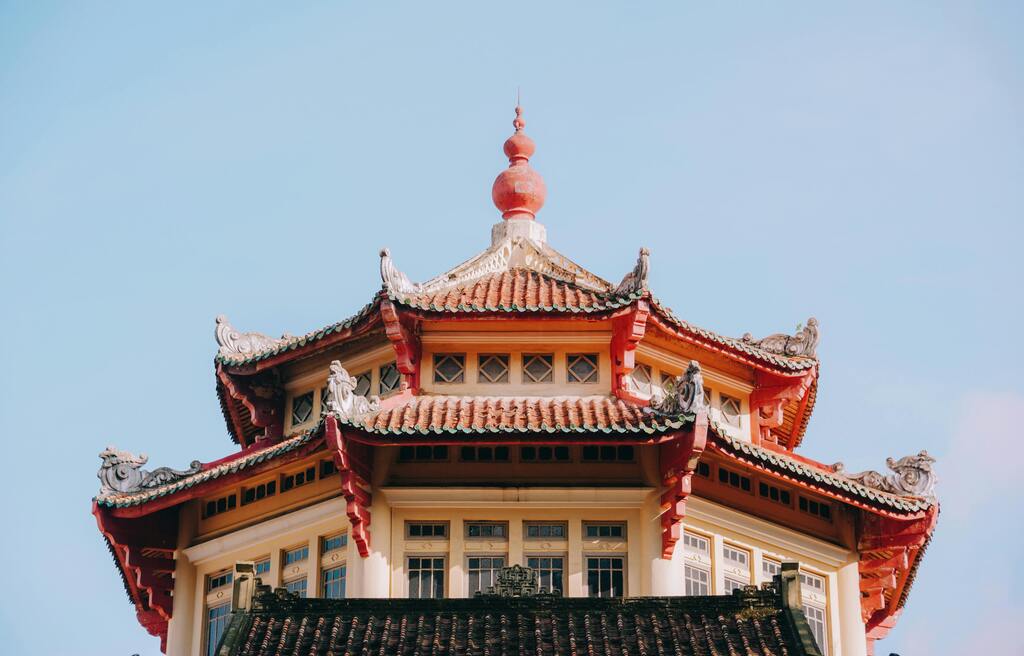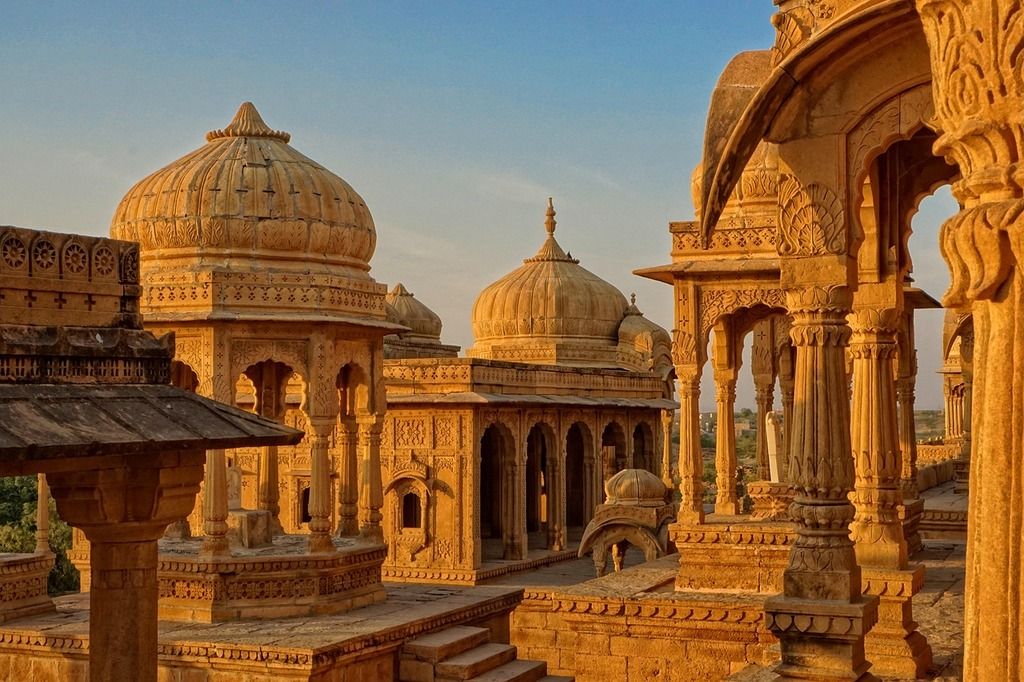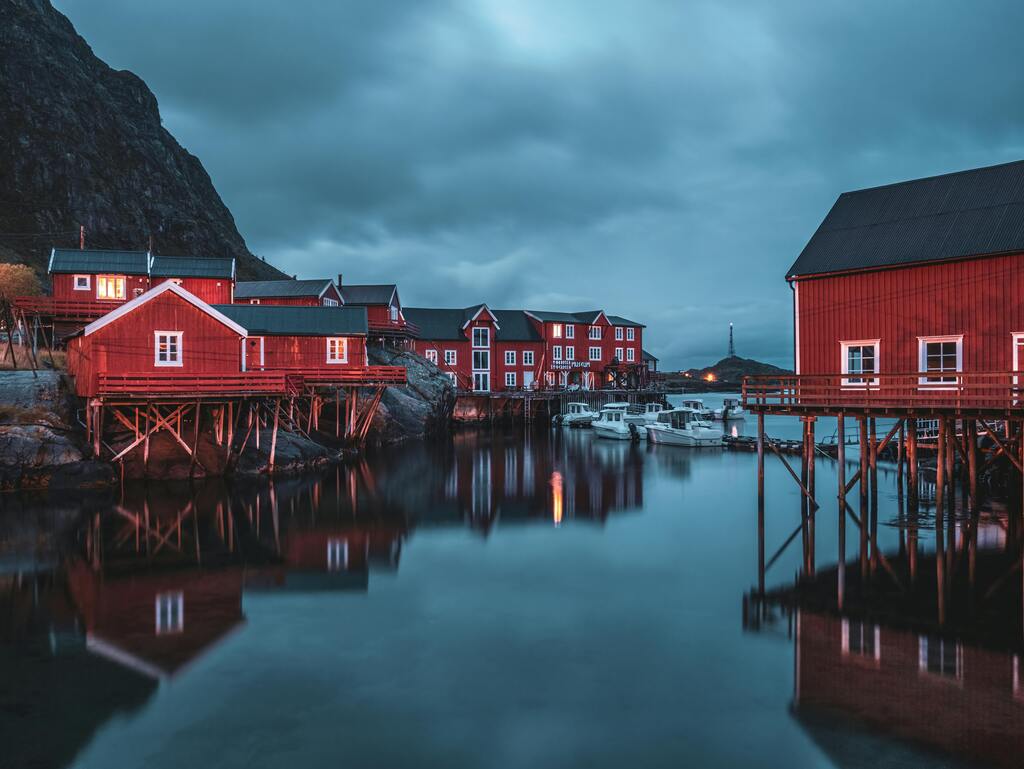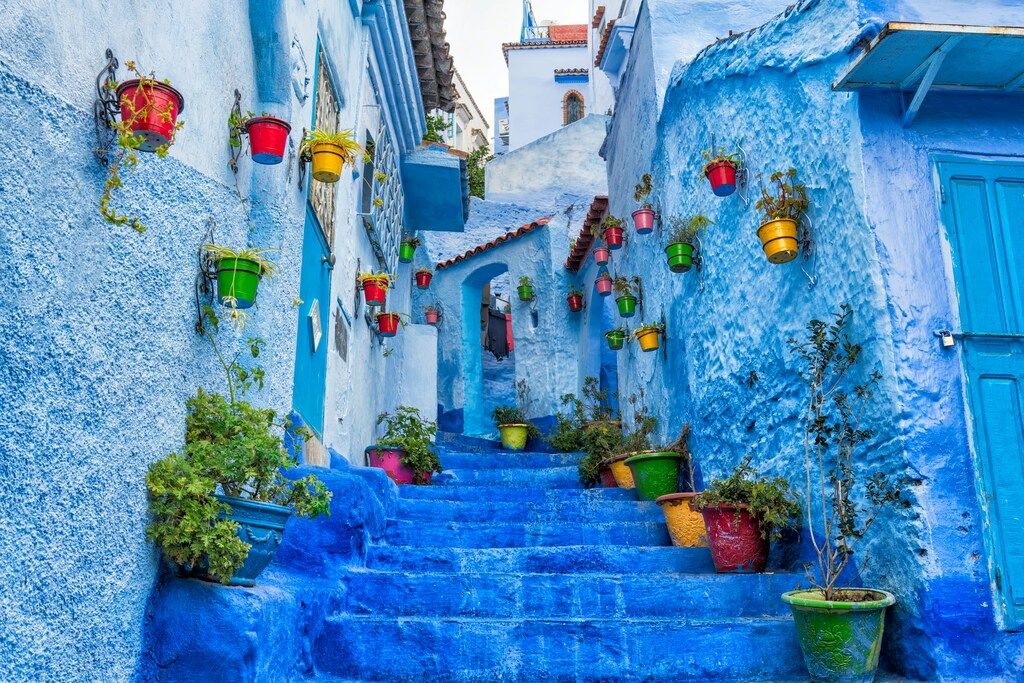

Morocco offers year-round diversity: mountains, dunes, medinas, and quiet Mediterranean coasts all in one breathtaking destination. Wondering when is the best time to visit Morocco? We’ve got tips based on weather, events, and budget. If you ask the locals, they would deem May to be the best month to visit Morocco.
Discover Morocco month by month: weather, festivals, pricing, and travel advice for every type of traveller. And for the lowdown, when should we steer clear of the African heat? When should you travel if you want to avoid heat, save money, or see the Sahara in its full glory? Or maybe, when to avoid Morocco?
Spring in Morocco: the perfect balance of sun and breeze
March through May is probably the best time to visit Morocco. Daytime temperatures hover around 20-26°C (68-79°F), warm enough to explore, but not hot enough to slow you down. This makes it a great time to explore its hiking routes and different cities. It’s even the best time to visit the Sahara Desert (without roasting in the heat). Spring transforms Morocco: snow-dusted peaks, blooming valleys, and desert palm groves bursting with bright flowers.
March and April are ideal for hiking in the High Atlas and wandering medinas in perfect spring weather. Chefchaouen shines in spring light, its blue streets even more photogenic under soft seasonal skies.
Spring is shoulder season in Morocco, meaning fewer tourists and better prices on accommodations and tours. This makes March or April one of the cheapest months to go to Morocco without missing out. A mix of ease, vibrance, and cultural accessibility, spring is an all-out charmer. Whether camel trekking or sipping mint tea, Morocco in spring is always a good idea.
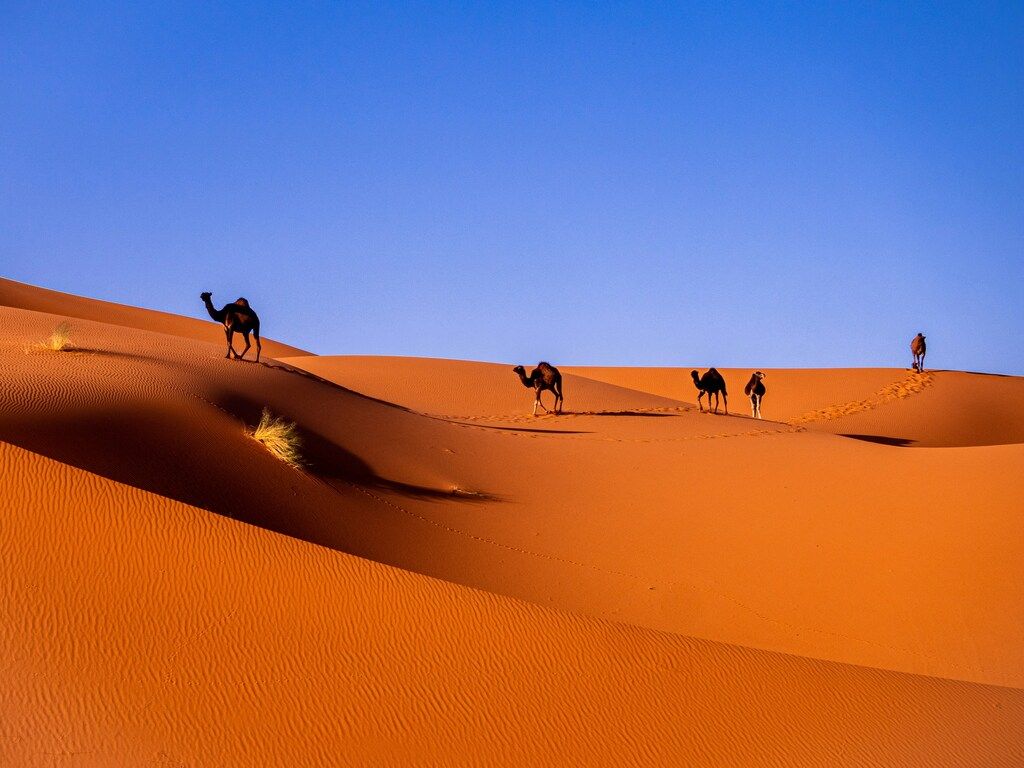
Summer in Morocco: coastal coolness and inland heat
From June to August, Marrakech and the Sahara often surpass 40°C, making them Morocco’s hottest months. The extreme heat makes sightseeing hard, especially for first-time travellers unfamiliar with arid conditions. If visiting then, stay hydrated, avoid midday outings, and wear light, breathable clothing.
While it may not be the best time to go to Marrakech or the Sahara Desert, Morocco’s coastal towns and cities, though, are extremely comfortable for visitors in summer. The seaside town of Essaouira, cooled by constant ocean breezes and with a closely packed medina that hardly ever gets above 28°C (82°F), is a fantastic destination. And the bohemian resort town of Tangier, at the northernmost tip of Morocco, has temperate summer weather, besides a buzzworthy arts and café culture.
Summertime means festival time, so don’t be surprised if you find yourself amidst and mingling with local Moroccans on these occasions. There’s the Gnaoua World Music Festival in Essaouira, along with a slew of cultural and music festivals in Agadir, Morocco, and up and down the Atlantic coast.
That’s not to say you should go hiking through the Atlas Mountains midday this time of year. Be certain to drink plenty of liquids, wear sunblock, and carry a bottle of water if you are making a decision to go inland (Marrakech, Fes, Berber Villages, Sahara) or are in the depths of the Sahara trekking. If you’re not sure where to go in Morocco, seek inspiration, and it’s easy to find when you explore what to see in Morocco’s diverse regions for ideas beyond the usual tourist trail.
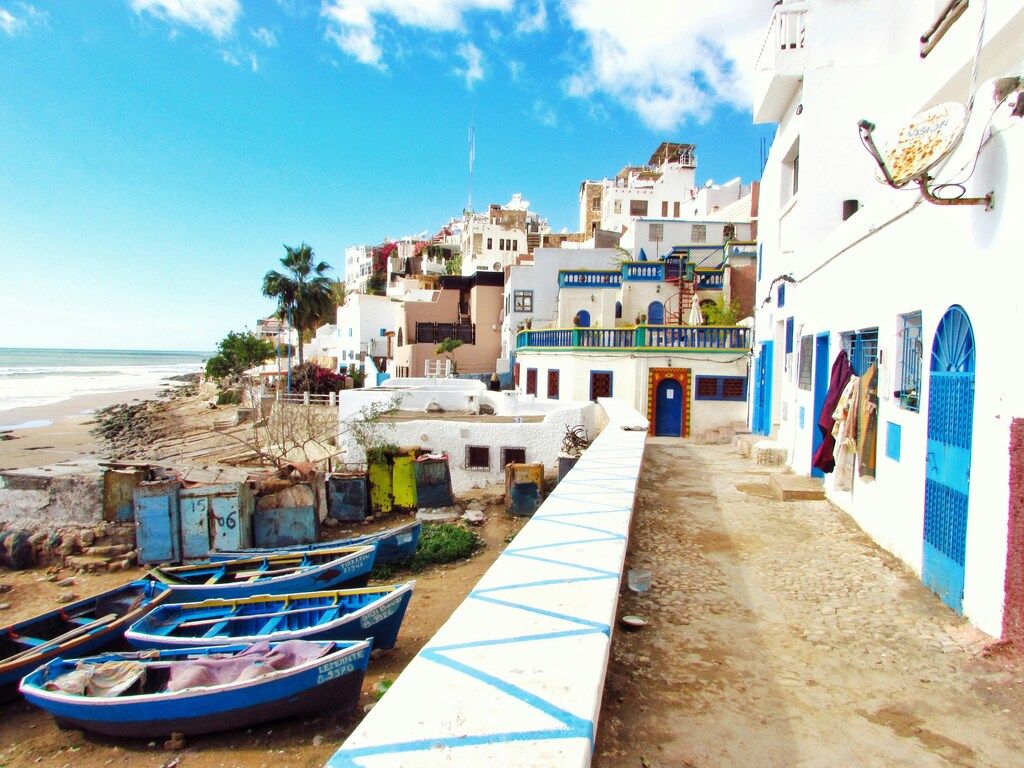
Autumn adventures: golden light and fewer crowds
From September to early November, Morocco experiences its own golden age, both literally and in the metaphorical sense. The searing temperatures of the summer have largely broken, leaving behind glorious days of sunshine combined with lower humidity and cooler nights. This is a fabulous season to visit, as the mercury is dropping just in time for Sahara Desert treks as well as city life in Marrakech, Fez, and the imperial city of Meknes.
The blue sky, clear air, and less intense sunlight showcase the diversity and beauty of Morocco’s terrain. Whether you’re trekking in the High Atlas or strolling the souks of a spice-scented medina, like October, things will be quieter and more comfortable this month.
Autumn is a real winner when it comes to food and food lovers. The colourful produce in the markets, think of pomegranates, dates, and figs, will certainly make its way into chefs’ dishes. With dining always a highlight during a trip to Morocco, this month offers the ideal weather to discover Morocco’s must-try dishes and flavours.
It’s practical, but it’s beautiful too. The combination of fewer visitors and great weather makes autumn in Morocco an opportunity not to be passed up, especially if you’re looking for a cultural experience during your trip.
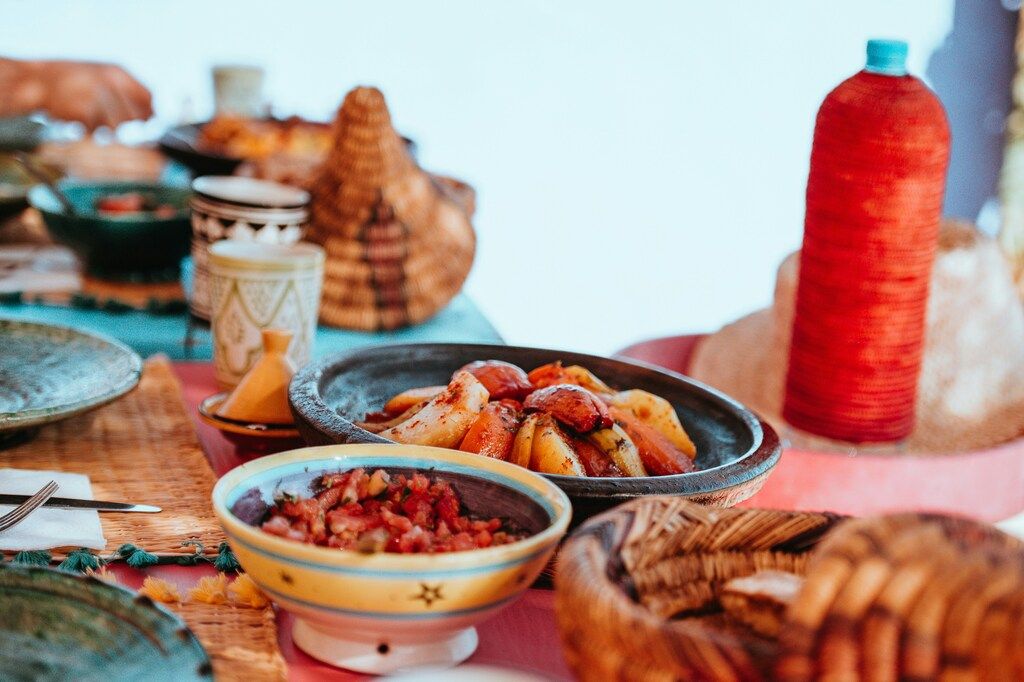
Winter in Morocco: snow, surf and souks
Winter in Morocco, from December to February, is an unexpectedly delightful time to travel. While most visitors head to the North African country for the summer sun, they miss out on the snow-topped Atlas Mountains, crisp winter climate in the cities, and the sunny yet gentle weather along the coastline. The cooler months are great for travelers who want a little more space and a lot less stress on the wallet.
Towns like Marrakech, Agadir, and Essaouira see daytime temperatures around 15–20°C (59–68°F). Right in the comfort zone for walking through the souks, sipping mint tea on sunny terraces, and traipsing around the various historical and cultural sites without the summer sun smashing down.
Snow lovers can go skiing or snow walking in the High Atlas, or surfers can go hang out on the winter waves in Taghazout. The sea swell is the best in winter, making it some of the best surfing in Morocco for the year! Is winter a good time to go to Morocco? Yes! Especially if you don’t like the heat too hot!
Winter is one of the best times to experience a more traditional and authentic Morocco. And to balance things out, it’s also one of the best times to grab a great travel deal. Just make sure to pack your layers (it gets cold at night) and enjoy the low-cost hotels before the tourist invasion of spring.
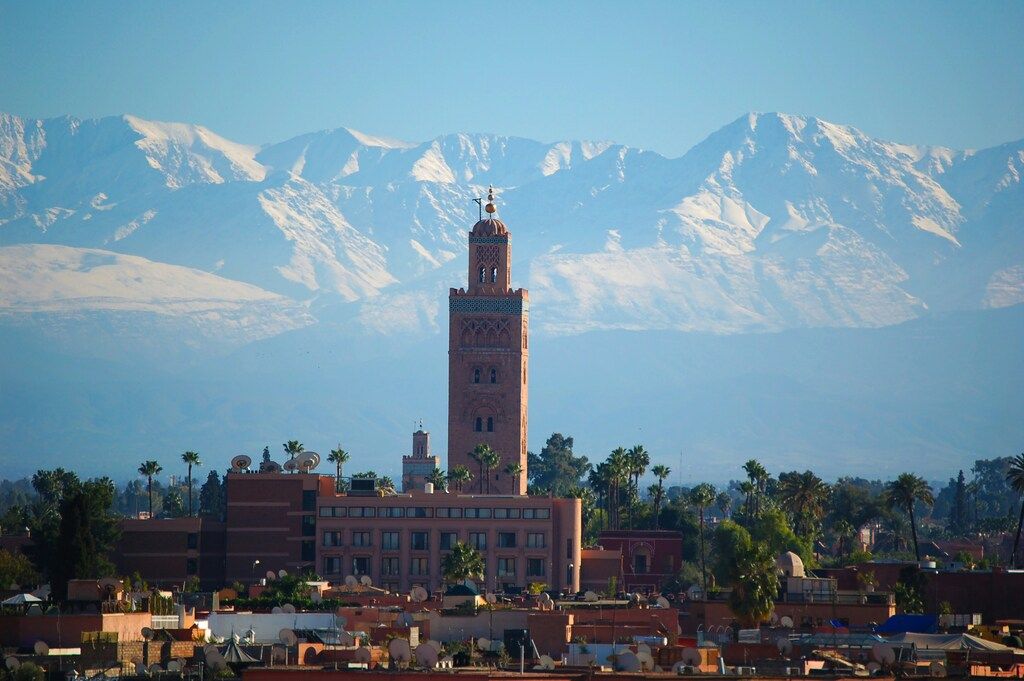
Morocco’s festivals: when culture comes alive
One of the reasons to visit Morocco is its amazing festival list. Morocco offers a very vibrant culture and lifestyle. The events are alive and exhilarating. You need to experience Moroccan festivals firsthand in order to truly experience them. The Rose Festival takes place in May. It celebrates the blossoming of the Damask roses that grow in the Dades Valley. Both the streets and the air are filled with soft pink petals. The town celebrates with parades, music, souks, and cultural events around the clock. The festival is very appealing to nature lovers and photographers.
June is when it happens in the spiritual town of Fes. The Fes Festival of World Sacred Music is a festival that celebrates soul music while honoring spiritual traditions across the globe. There are performances of soufi, berber, and Jewish music. International artists are invited each year to perform in various venues in the city, including palaces and gardens. The night performances are often accompanied by thousands of candles around the pools. The atmosphere during the Fes festival is simply magical.
July is about entertainment in Marrakech! The Marrakech Popular Arts Festival is held every year in July. This festival is about stories, music, and dance. The festivals bring together different troupes from acrobats to musicians. Many of the events are held around the medina. The nights are even more entertaining as the place Jemaa El Fna turns into a nightclub, with stage shows with performers from the festival having fun with visitors till early morning.
While these festivals offer unforgettable moments, keep in mind that they also draw crowds and drive up accommodation prices. Booking well in advance is essential if you want to secure a good stay during these high-demand periods.
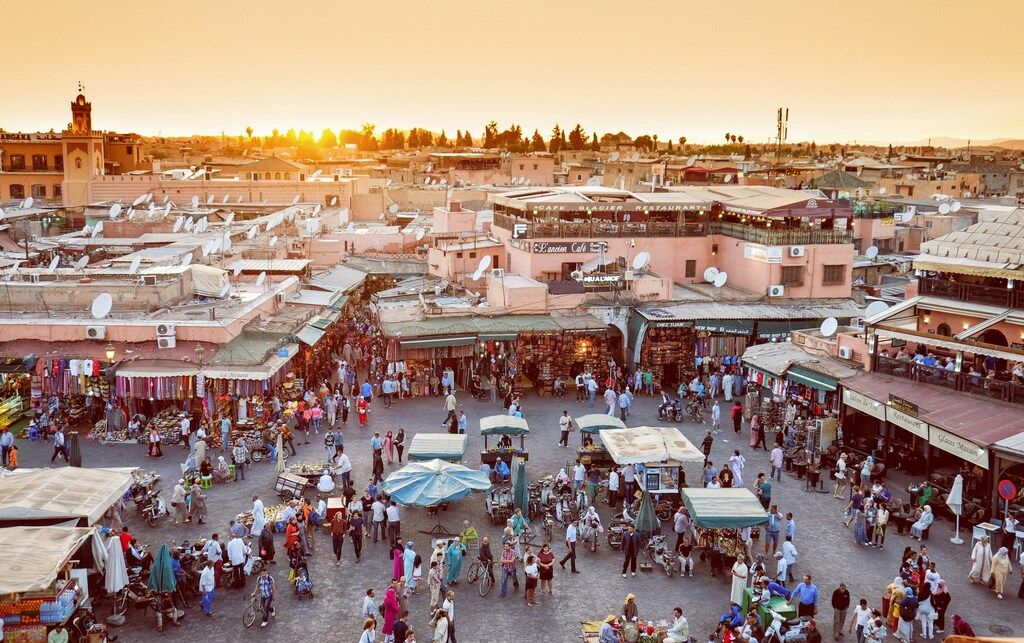
Ramadan in Morocco: travel with respect and curiosity
Traveling in Morocco during Ramadan can offer a fascinating and humbling cultural experience. During daylight hours, restaurants and shops generally remain closed, especially in smaller towns, and it’s common to see people abstain from food, drink, and smoking. While this may alter your own daily rhythm, it doesn’t disrupt the cadence of the day in a given town or city.
After sunset, the town transforms. Families and friends descend upon public spaces for the iftar, the meal that breaks the fast. The call to prayer is heard throughout the city, and the air fills with the scent of harira soup, dates, and freshly baked bread. It’s not uncommon for Moroccans to invite visitors to join the communal meal, offering a window into an unseen part of Moroccan life.
Of course, there are challenges to traveling during Ramadan, including the reality that fewer services are operating during daylight hours. But it can also be one of the most fulfilling and rewarding experiences you have in Morocco. A chance to experience the grace and generosity of one of the most storied and hospitable cultures in the world.
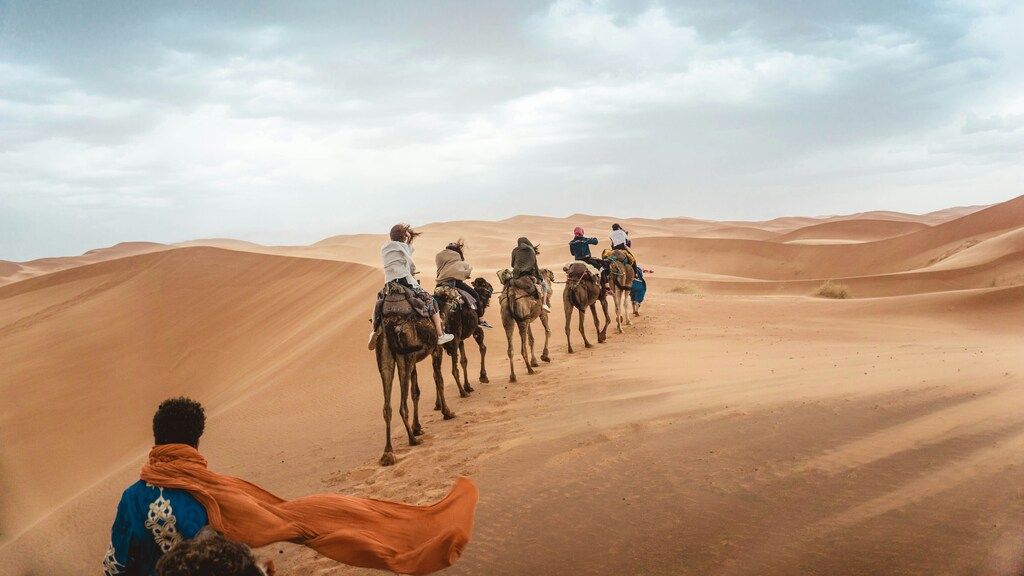
Make It Unforgettable with a Group Trip to Morocco
When is the best time to visit Morocco? Well, it depends on where you want to go and what you want to do. Morocco travel seasons vary based on needs. It’s never a bad idea to pay a visit to the blue streets of Chefchaouen in the spring or the shores of Taghazout in the dead of winter, but there’s a lot in between, and if you know what you’re getting into, you can make the most of it. It can be difficult to wrap your mind around the landscapes, cultures, and climate of a place like Morocco, particularly if you’ve never been before.
Fortunately, that’s where a group trip comes in. Take off and follow a detailed itinerary, local insight, and some other people to share it with. It’s perfect for solo travelers or anyone looking to get more out of a destination than they could on their own. It doesn’t matter if you’re spending the night in a Berber camp beneath the Sahara’s stars or wandering around a fez in Fez.
Whether you want a full immersion through the desert and the souks or you only have a few days available, there’s a solution for you: try a group tour from Marrakech to the Sahara, or opt for a shorter 5-day organised trip to Morocco that still captures the essence of the country.
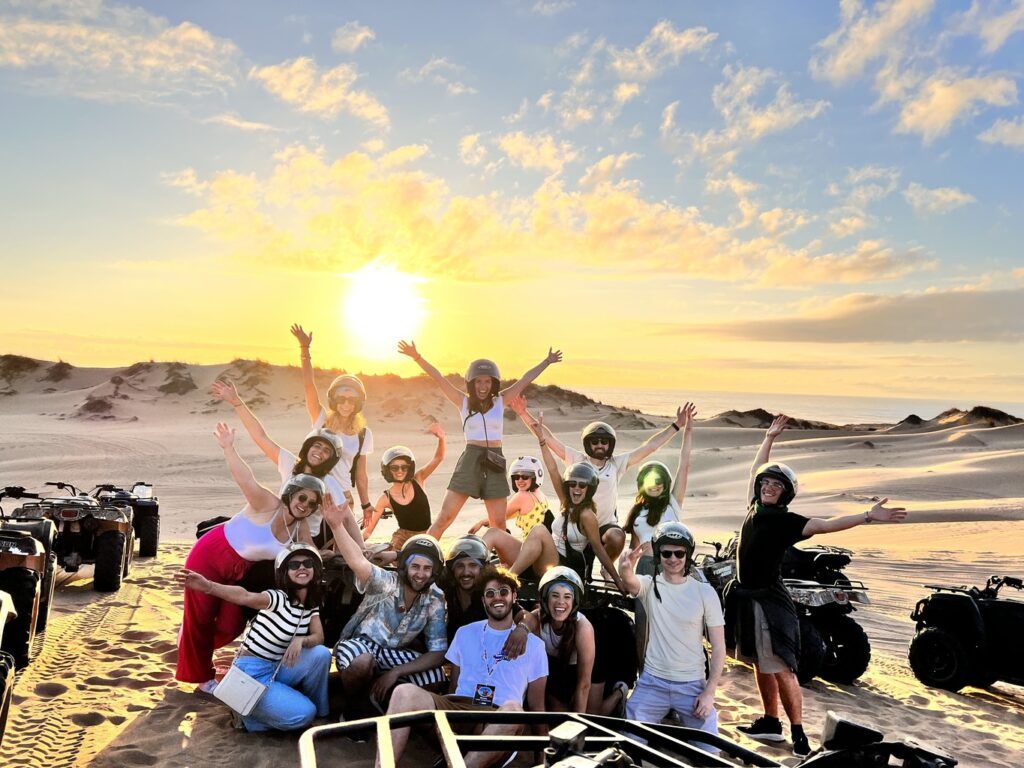
Everything’s better with backup. Travel is made a little rarer, richer, and better with someone else there to appreciate the moment with you. For a destination like Morocco, a group trip offers an unforgettable experience as you explore this magical destination, but without the itinerary constraints of a typical “ group tour”. You get to explore this unique place and discover its attractions with like-minded company. Yet, you still have the freedom of your time and can do what you like without sticking to a strict schedule.
Organised trips often take care of logistics during busy seasons and festivals for stress-free travel. If you’re ready for an adventure that blends culture, comfort, and connection, join an organised group trip to Morocco’s cities and desert.
Frequently Asked Questions: Visiting Morocco
What is the overall best time to visit Morocco?
The best time to visit Morocco is during the spring, from March to May. The weather is pleasantly warm, making it ideal for exploring cities, deserts, and mountains without the intense summer heat.
When is the hottest time in Morocco?
The summer months, from June to August, are the hottest. During this period, temperatures in inland cities like Marrakech and in the Sahara Desert can soar above 40°C (104°F).
What is the cheapest time to visit Morocco?
For budget-conscious travellers, the most affordable times to visit are generally:
- Winter (December to February): You can find great deals on flights and accommodation before the peak season.
- Shoulder Season (March-April & October-November): These months offer a good balance of pleasant weather and lower prices compared to peak season.
When is the best time for a beach holiday?
The summer (June to August) is perfect for a beach holiday on the Atlantic coast. Towns like Essaouira and Tangier benefit from ocean breezes, keeping temperatures comfortable and rarely exceeding 28°C (82°F).
When should I visit the Sahara Desert?
The best periods to visit the Sahara Desert are during the spring (March to May) and autumn (September to November). The temperatures are moderate, making desert treks and overnight stays in camps much more comfortable than in the extreme heat of summer or the cold of winter nights.
What is the best season for hiking in the Atlas Mountains?
The ideal seasons for hiking in the Atlas Mountains are spring (April to May) and autumn (September to October). The weather is clear and temperate, providing excellent conditions for trekking. Winter is suitable for experienced mountaineers equipped for snow.
What is the weather like in winter?
Winter in Morocco (December to February) is generally mild in the cities but can be cold, especially at night.
- Marrakech & Coastal Cities: Daytime temperatures average 15-20°C (59-68°F), but nights are chilly.
- Atlas Mountains: Expect snow and cold temperatures, making it a destination for skiing.
Are there any major festivals to see in Morocco?
Yes, Morocco hosts several vibrant festivals. Some key events include:
- May: The Rose Festival in the Dadès Valley.
- June: The Fes Festival of World Sacred Music in Fes.
- July: The Marrakech Popular Arts Festival in Marrakech.
What is it like to travel during Ramadan?
Travelling during Ramadan offers a unique cultural immersion. You should be prepared for some businesses, including restaurants, to have reduced hours during the day. However, the evenings are vibrant and festive as locals break their fast. It’s a time of great generosity and community spirit.

